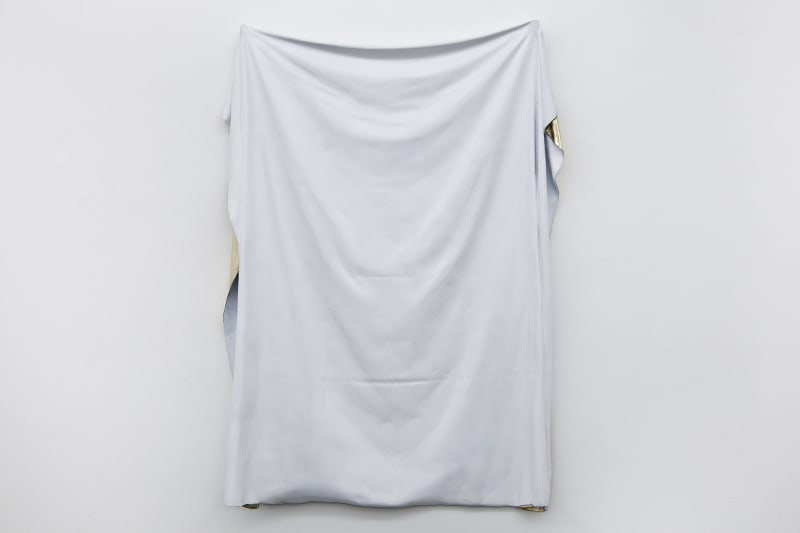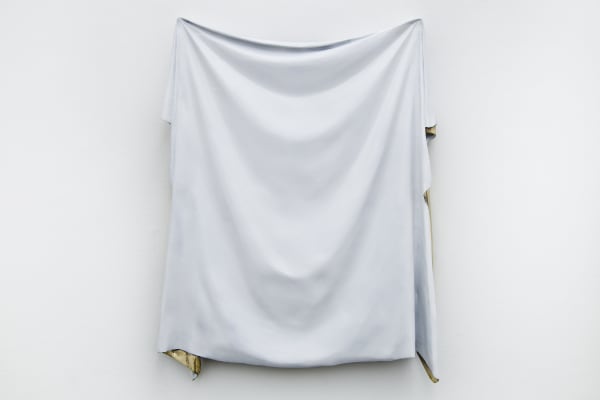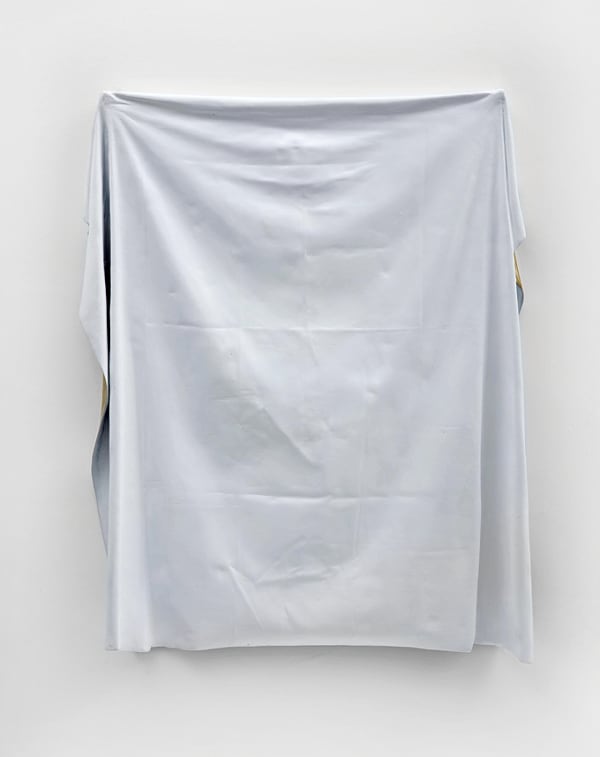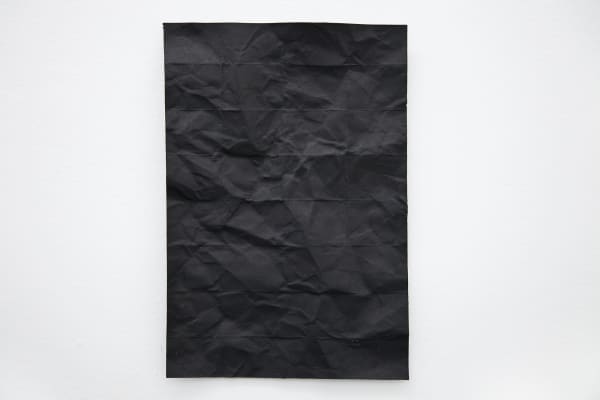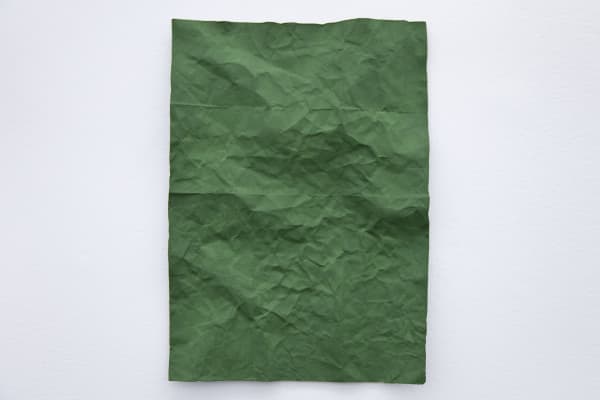Vanderlei Lopes: Monument
The idea of loss of meaning in the presence of monuments in the contemporary world, of the failure of this sculptural construction of historical and cultural representation in the city landscape, seems to guide Vanderlei Lopes’ production in search of a possible new model. And so the artist works at constructing monuments backwards, or minimal monuments, where transience and permanence—coincidence or not, a shock also experienced in contemporary cities—clash. The great heroes are falling, and give rise to the fugacity of modern times.
The monumental in Vanderlei’s work extrapolates the meaning restricted to sculptural and architectural tradition, and also embraces the symbols we have deemed great in culture, for their cultural, religious, monetary value, and of course, their speculative value. His monuments elevate the banal, accidents, loss. They bring to light what goes unnoticed, construct holes and stumbling, and make us suspicious of certainties. It’s the miracle of the transformation of small mundane things into grand ones, where it is no longer the size of these elements that give them significance, but the actions they contain that are perpetuated in them. Creasing, folding, burning, spilling, marking, digging and many other ephemeral acts are immortalized by the artist by transforming matter and the overlapping of spaces and separate times. A life-size horse frozen in a photographic moment between falling and getting up again, and the mark of perspiration on a glass transmuted into solid metal on a table, carry within them the same miracle in the present, no matter what the size.
The monument presented is certain uncertainty, the constant feeling that something is hidden, that everything is veiled, although still present. The works are ghosts laden with matter, ephemeral images elevated to objects full of body. Ready for inauguration or exhibition, in Monument nothing is exhibited but the fabric of its own shroud. What should protect this highly important object from viewing prior to its inauguration, or from any possible damage caused by a space still under construction, is now there, itself transformed into a monument, permanently hiding the object it should protect, itself becoming the object. The preciousness of what should be underneath, can be seen only through the side openings, through which the golden light from the reverse side escapes, a vestige of the importance of what is hidden there. All that remains is simply to view the triviality that the draping and folds of these fabrics delineate, which are now perennial. Indeed they are the grandeur that projects itself gently before us.
In Project, the constructive attempt is a failure, crumpled, and is itself the final construction. It is consolidated in a hidden miracle, in which, before our eyes, marred paper becomes its own brand, seeming to have been swallowed by its own image and solidified. And in the impasse of being right or wrong, it is eternalized in transit between the compulsive geometry of folds and hesitant destructive action, paralyzed before its expected end.
Total deconstruction becomes the project itself, and the design that should sustain it, or already sustained it at one time. Indeed they are consolidated as monuments. An ode to failure as a process and the ultimate goal of construction, they are eternalized refuse, and are themselves the monuments erected by Vanderlei Lopes. No certainty is revealed. Aimlessness and deception are more important than any absolute truth.
Douglas de Freitas
